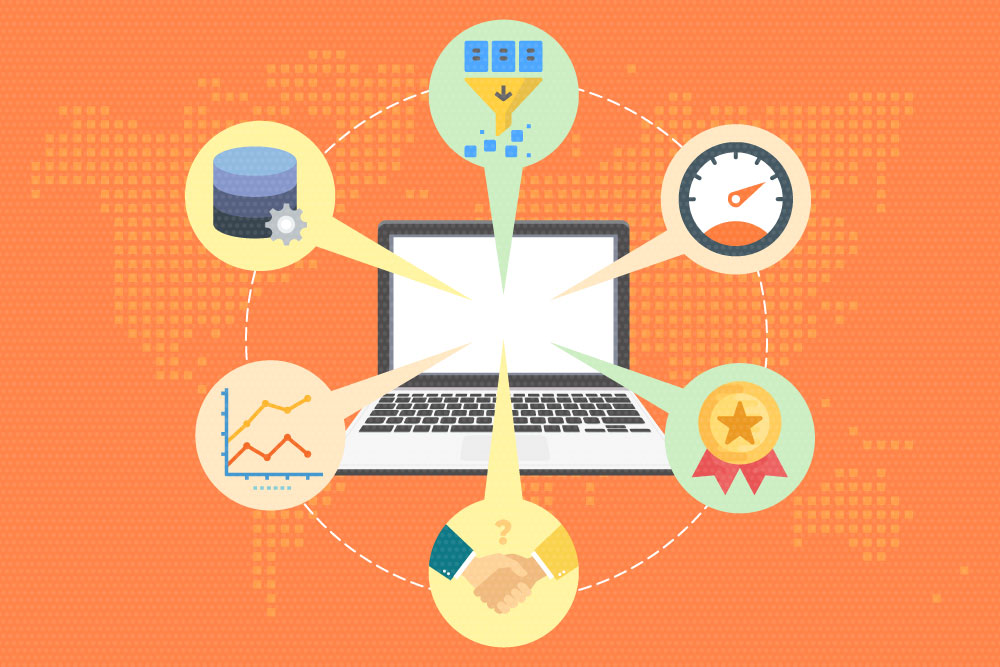There’s a ton of advantages when Big Data takes over – simplified decision-making and increased efficiency. Plus, it could be useful in research development and innovation.
But as advantages scale up, so do the challenges it needs to face.
Data challenges are affected by the characteristic of the data itself – volume, variety, velocity, and veracity. In other words, it’s all about the nature of the data and how it affects the world’s current system.
Here are the top 6 Big Data challenges in the new era outlined by Fiber Optic Association Cebu:
Data Volume
According to Ben Walker of Voucher Cloud, if there are 2.5 quintillion bytes of data generated every day, there’s a mind-blowing uncertainty of how human can handle it.
The data and information gathered by ATM machines, monitoring cameras, social medias, etc., resulted in an abrupt monster amount of data that the world needs to interpret, manage and utilize.
And so, as to business, managing big data is a hard task. Yet, accurate data analytics and number comparison will do the work.
Data Variety
The shoring up of sensors, smart devices, and social networks collaboration media has made the data in the business complex. It corporates with raw, semi structured and unstructured data, which come from emails, social media technologies, search engines and videos …etc.
Therefore, the question now is no longer whether Big Data is useful in business, but how can business get maximum outputs from big data.
Data Velocity
Another challenge that big data is facing is velocity – the capacity of the current software system to handle and interpret data stream continuously in multi-ways. Various data have a short service-life. Hence, interpreting it in real time became critical.
However, with the help of modern big data analytics software – Microsoft Azure, Google BigQuery, IBM Big Data, Google Bigdata, and many other great software – analyzing data can now work better compared with using the traditional way.
Data Volatility
The volatility of data is measured by how long it is valid. Businesses and enterprises must realize how long they should keep their data in the database. Without proper management, data will just lose its validity and worth.
With a world that relies on Real-time Data (RTD), rapid and advanced systems are badly needed to interpret and deliver the data after collection.
Data Veracity
Veracity refers to the biases, vulnerabilities, impression, misrepresentations, and missing qualities in the data. This include the exactness and the possibility to utilize it for analysis.
The accuracy level of the data sets building up to systems will decide how vital the data for the problem being studied truly is. In short, it’s all about the authenticity. Some researchers believe this is the biggest challenge of Big Data.
Data Quality
Quality denotes how the data is reliable to be applied in decision making, innovation, and strategic planning. Measure the quality of data if it’s high or low as it always falls into these 4 parameters:
Completeness: All significant data are gathered. For example, all details of students such as name, address, contact number, etc. exist.
Accuracy: Data is free of misinterpretation itself and its context.
Availability: Data is available at any time and easy to access when it’s needed.
Timely: data is current or up to date and ready to support decision.
No one can stop the evolution of technology. Through Internet of Things (IoT), the vast force of data will surely flood the IT world and data analytics could be tough as it goes.
But, as a professional, is it your responsibility to ride into it and push your intuition about Big Data analytics.



